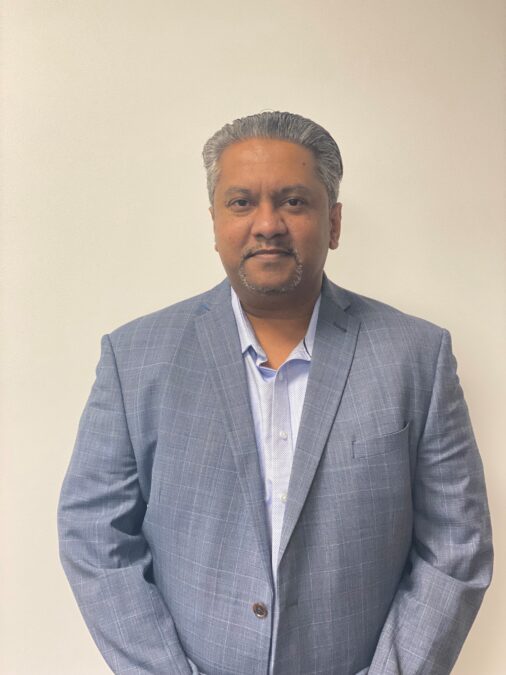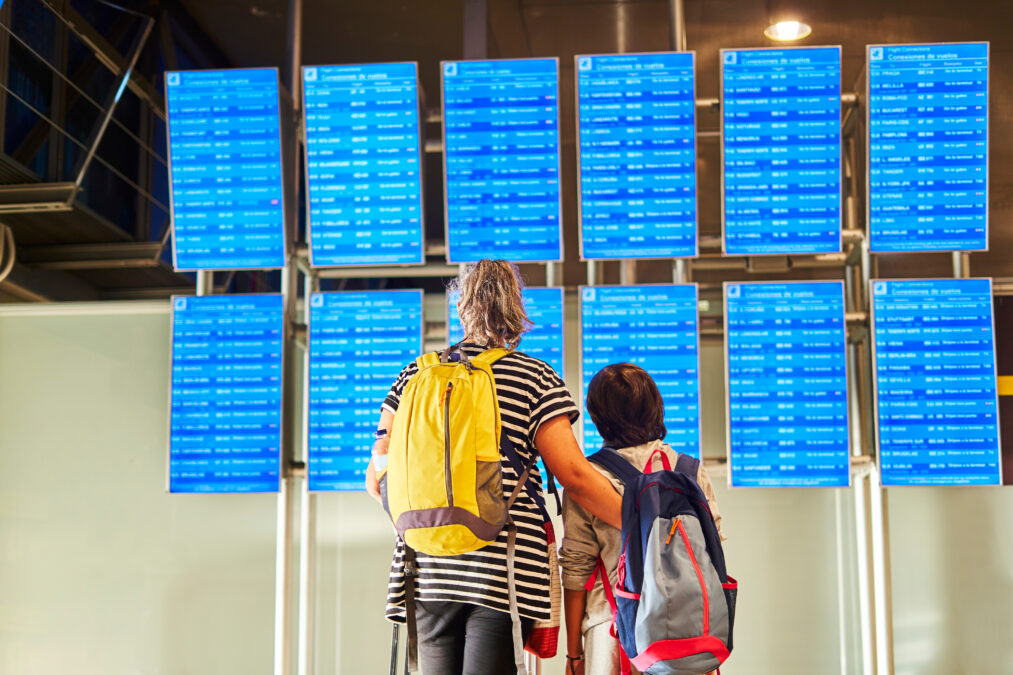To unlock better public transport, and reinvigorate falling passenger numbers, we need to rethink data management, according to Chris Chinnapan, sector director for transport at mpro5
When we think of public transport a few years ago, before the pandemic and terms like ‘the new normal’, we probably think of a slightly messy, slightly crowded, and potentially stressful experience. Whether that’s sitting opposite a half-eaten sandwich or rushing to find the secretive, hidden platform 1 in Leeds Station, there are many reasons to find the transport systems of ‘yesterday’ a less than ideal experience.
Public transport today has some different characteristics. Firstly, passenger numbers are down: according to government statistics, passenger kilometres by rail declined in 2020 by 80% compared to 2019 – and other forms of transport show similar stories. Secondly, we now have different expectations when using public transport – as clean means safe, and tidy means sanitised in the minds of travellers. As you may expect, both of these issues are down to the pandemic.
To unlock a better mode of transport for tomorrow, and to fix the issues associated with the past and the present, we must embrace multimodal transport – and the key to this is good data management. If operators shared data freely, and it was managed effectively by good software, public transport could be transformed into a hassle-free, real-time system of interconnected parts.
Sustainability will be a key focus as the transport sector transitions in 2022
Navigating multiple modes of transport
Public transport, particularly outside of major cities, can be a stressful and confusing experience – and it simply shouldn’t be. An issue can ruin the whole journey, and waste the money spent on each leg of it. Journeys with multiple modes of transport, all with different operators, ticket requirements and timetables, can be difficult for even the most patient and street-smart among us.
This is clearly bad for passengers, and it is even bad for those running these systems – as every lost customer is lost revenue, particularly when passengers are looking for every excuse not to sit in a carriage crowded with strangers.
A single, unified, interconnected network
The solution lies in changing the very idea we have of public transport. Instead of inefficient and disjointed services by multiple operations, we need a single, unified, and interconnected system – where trains, buses, trams, and even ride-sharing services work together to get anyone from A to B effortlessly.
This is multimodal transport – and it will allow people to plan everything in one app, see all potential routes and timings in real-time, and use any of them without having to buy separate tickets.
A clear added benefit for operators, alongside the surge in ticket revenue of course, is that they can reduce services where needed and focus on the busiest areas and times. Real-time data, and correct data management, will allow operators to focus efforts on the stations, routes, areas and times they are needed.
How to approach modern data management and protection
Unlocking the data that fuels multimodal transport
Multimodal transport has, at its core, the concerns of the passenger in mind. However, for this to work, we need to rethink how we harvest, store, and manage data – as it needs to be shared freely between operators.
Of course, IoT will be vital – but we know that, and it is used extensively already, for example London Underground is already using digital twins. As with all data collection, and IoT is just an effective way of harvesting massive amounts of data in real-time, it is useless without execution. You can have all the data in the world, but if you can’t access it and create working solutions from it, then you may as well have no data at all.
IoT will continue being adopted, and rightfully so, but the true vision of tomorrow relies on how we use data. We must end silos, where each mode or operator hoards and guards what it has learnt. Also, while we are on the topic, we will need to do away with physical logbooks and the confusing collections of various digital tools that don’t interact or integrate with one another.
We need a single source: one central hub, updated and accessible 24/7, with data from every mode and operator flowing freely in and out to be used to make everyone’s lives easier.
So, how do we get there?
Data can be collected by employees, and sensors on all vehicles, processes, and platforms through the use of an app. This will build a holistic view throughout organisations – from punctuality, to rush hour passenger densities and ticket sales, to maintenance and cleaning.
In turn, this provides real-time data to be harvested, patterns to be spotted, and current and future operations to react accordingly – for both passengers and of course industrial and delivery vehicle fleets.
Ultimately, data is the core of providing not only an improved passenger experience, but also making seamless, multimodal transport a reality.








